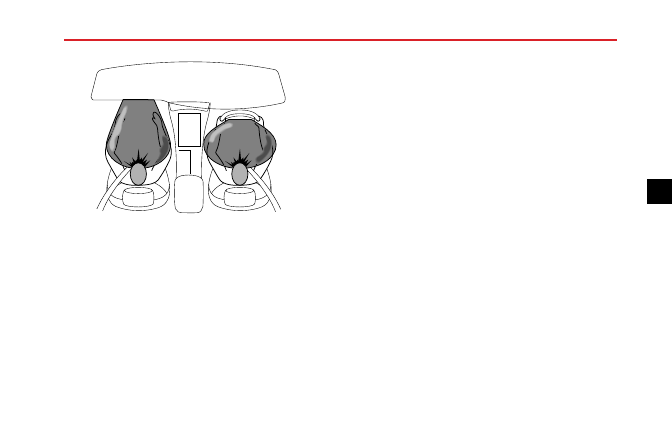MG 316. Service Manual - part 7

SEATS & RESTRAINTS
In the event of a collision, the airbag control unit monitors
the rate of deceleration or acceleration induced by the
collision, to determine whether the airbags should be
deployed.
Operation of the airbag is not dependent on the speed
of the car, but on the type and size of object hit, angle
of impact and the rate at which the car changes speed as
a result of a collision. Deployment of the airbag is not
dependant on the amount of damage to the vehicle.
In the case of a severe frontal collision, both front airbags
will be deployed. In the case of a severe side collision, only
the side airbag and side head impact protection airbag on
the impact side of the vehicle will inflate.
However, there may also be impact conditions whereby
one set of side and both front airbags deploy at the same
time, or where front and side airbags respond separately
as a result of a secondary impact occurring after the initial
collision has taken place.
Airbag inflation is virtually instantaneous and occurs with
considerable force, accompanied by a loud noise. The
inflated bag, together with the seat belt restraint system,
limit the movement of a front seat occupant, thereby
reducing the risk of injury to the head and upper torso.
Note:
When an airbag inflates, a fine powder is
released. This is not an indication of a malfunction,
however, the powder may cause irritation to the skin
and should be thoroughly flushed from the eyes and
any cuts or abrasions of the skin.
After inflation,
airbags deflate immediately. This provides a gradual
cushioning effect for the occupant and also ensures
that the driver's forward vision is not obscured.
97
4